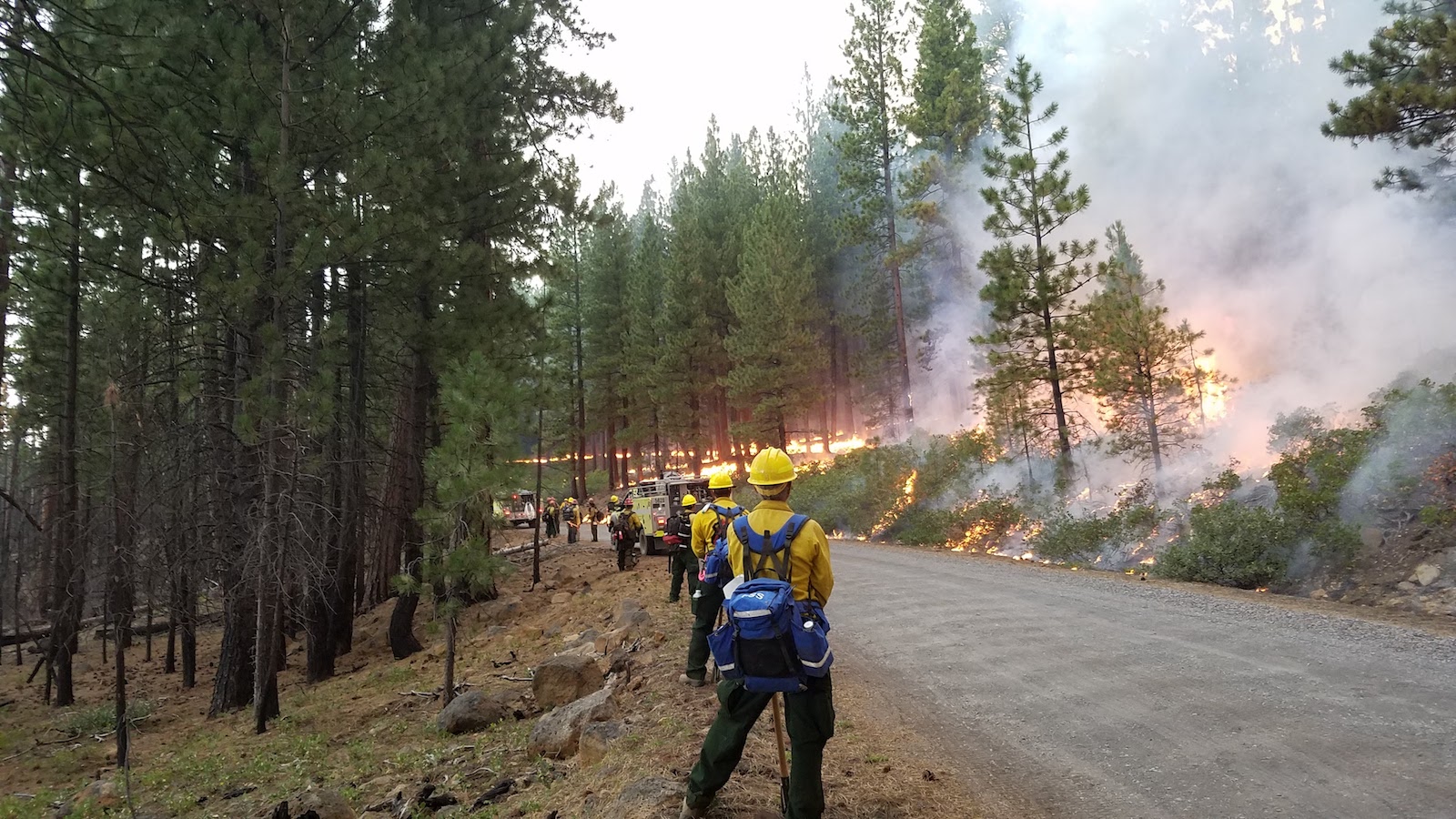The Local newsletter is your free, daily guide to life in Colorado. For locals, by locals.
While the nation’s eyes are fixed on Hurricane Irma barreling through the Caribbean toward Florida, wildfires are raging across the American West. At least 80 “large” fires are active across nearly 1.5 million acres of land, according to the National Interagency Fire Center (NIFC). Twenty-eight fires are burning in Montana, while 19 are active in Oregon and 17 in California. More than a dozen large fires—any fire covering more than 100 acres is classified as large, according to the NIFC—are also ablaze in the surrounding states, including Colorado, where two large fires are burning more than 3,000 acres of private and public land near Steamboat Springs.
The most destructive of Colorado’s fires, the Deep Creek Fire, erupted eight miles west of Hayden on Monday, September 4. As of Tuesday, the fire stretched across 2,089 acres and is zero percent contained, according to Routt County officials. Structures “immediately threatened” by the fire have been evacuated and the county issued an air quality advisory.

Further north, the Big Red Fire, which ignited near the Mount Zirkel Wilderness on August 19, is burning on 1,405 acres of land and is also zero percent contained, according to Routt County. Weather in the area is expected to remain hot and dry, with isolated thunderstorms possible, “resulting in more active fire behavior,” according to a statement on Routt County’s website.
These regional fires are part of what has so far been a very active fire season in the United States. According to NIFC data, more than 7.8 million acres have burned since January 1, 2017. The yearly average between January and September is roughly 5.5 million acres, and in the previous 10 years only 2012 and 2015 saw more acres burn in the U.S.

Due to a hot, dry forecast, the largest fires in the Northwest—in Montana, Oregon, and Washington— will likely continue burning late into September, according to Jessica Gardetto, a spokeswoman for NIFC. “Don’t expect any relief for the next few weeks,” Gardetto says. “We don’t expect these fires to stop burning anytime soon.” But as the days get shorter toward the beginning of October, Gardetto is hopeful that longer, cooler nights with higher relative humidity will give firefighters more opportunity to extinguish the fires.
In the meantime, thick smoke will likely blanket much of the West. Heavy smoke could be seen hanging over the Front Range last weekend, prompting the Colorado Department of Public Health and Environment to issue an air quality advisory through 4 p.m. Tuesday, September 5. Gardetto expects that smoky air will be common throughout the region for at least the next few weeks.








